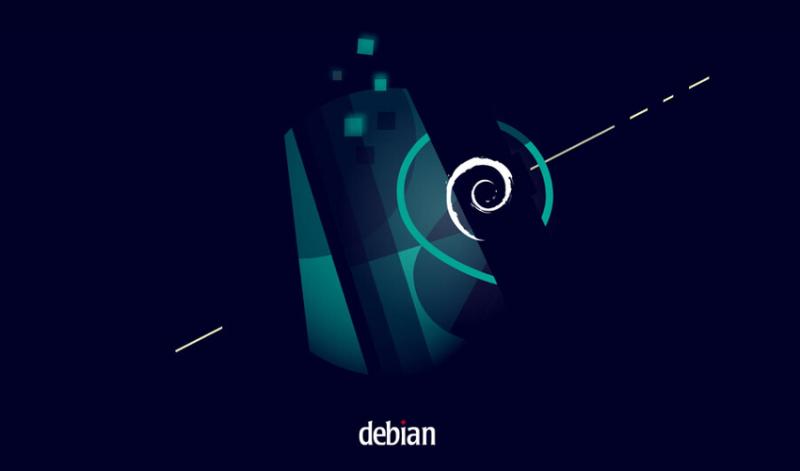
Debian is a preferred choice of millions of Linux users for some of the most popular and powerful operating systems, like Ubuntu and its derivatives are based on Debian.
Debian 11 has finally been released, finally, after a long development work of two years. Bullseye – that’s the name given to this latest Debian Linux distro. So what are the updates and upgrades? In this article, let’s check out what’s new in Debian 11.
Debian 11’s Architecture
Debian supports a good range of hardware architectures.
Supported Architectures
- ARM EABI (armel)
- ARMv7 (EABI hard-float ABI and armhf)
- 64-bit ARM (arm64)
- 32-bit PC (i386)
- 64-bit PC (amd64)
- Little-endian MIPS (mipsel)
- 64-bit little-endian PowerPC
- 64-bit little-endian MIPS
- IBM System z (s390x)
Not Supported Hardware
- Old MIPS 32-bit CPUs
Linux Kernel Information
Debian 11 supports the Linux Kernel 5.10 LTS. Debian 10 Buster, the earlier version to Debian 11, used Linux Kernel 4.19 while released. A newer kernel means a new set of bug fixes, new hardware support, and improved performance.
This is the perfect kernel for Debian bullseye considering the Debian lifecycle.
Supports exFAT
exFAT is the shortened form of the Extensible File Allocation Table. It’s a filesystem used for flash memory, such as SD cards and USB flash drives.
Now Debian 11 provides support for the exFAT. For mounting the exFAT filesystem, you don’t need the filesystem-in-userspace implementation provided by the exfat-fuse package additionally anymore. Thanks to kernel 5.10! exFAT comes

